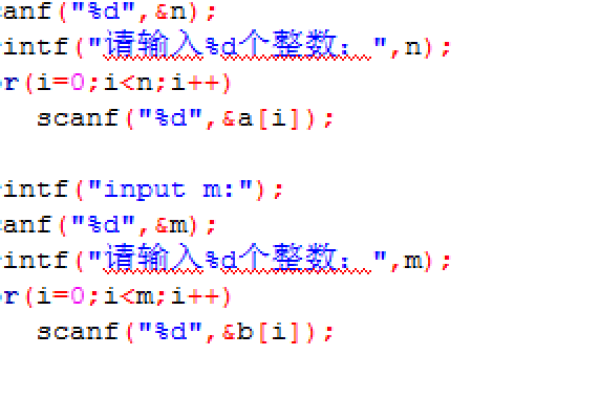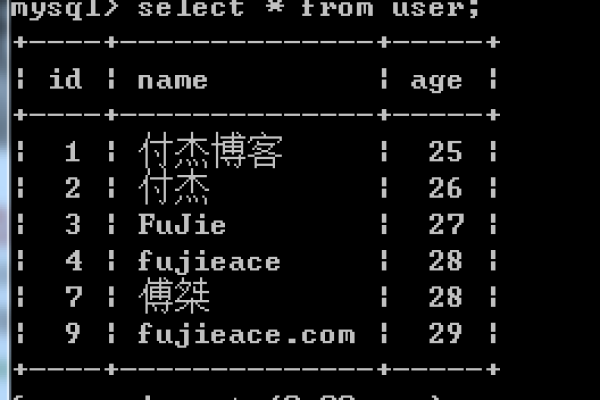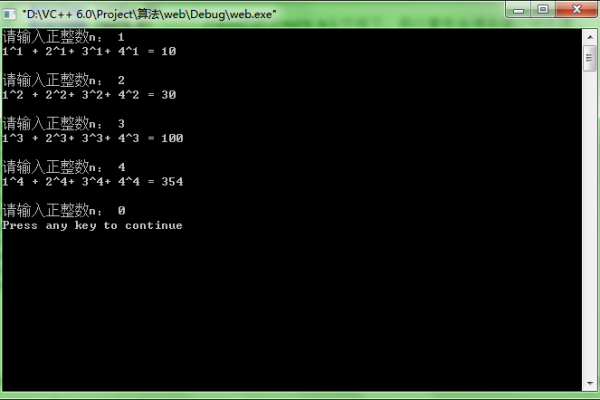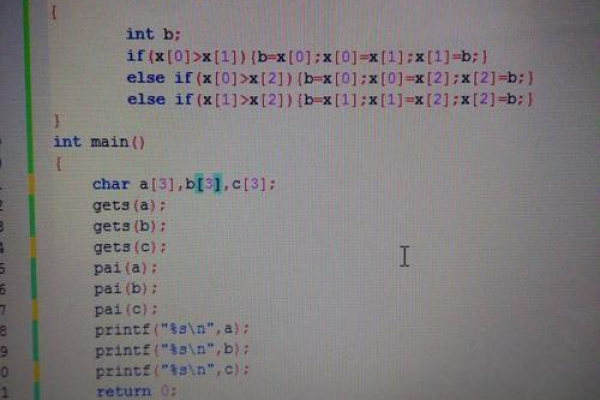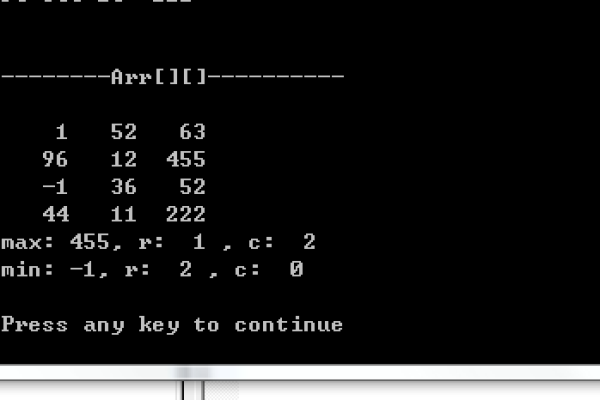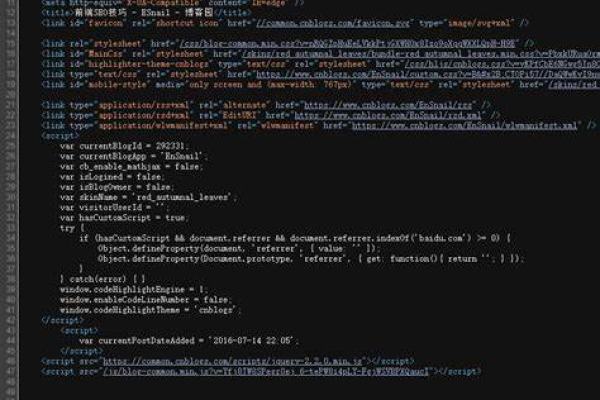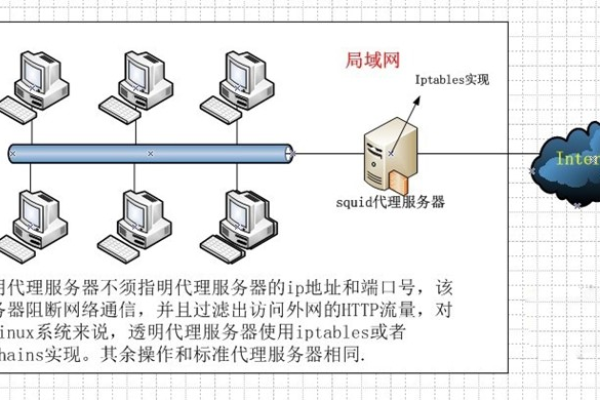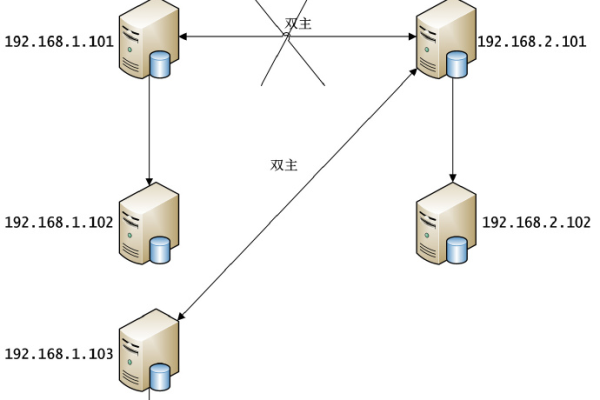上一篇
c语言怎么插入一个成绩
- 行业动态
- 2024-03-18
- 2523
在C语言中,插入一个成绩通常指的是将一个新的成绩添加到已有的成绩集合中,这可以通过多种方式实现,例如使用数组、链表或其他数据结构,下面我会展示如何使用数组和链表来插入成绩。
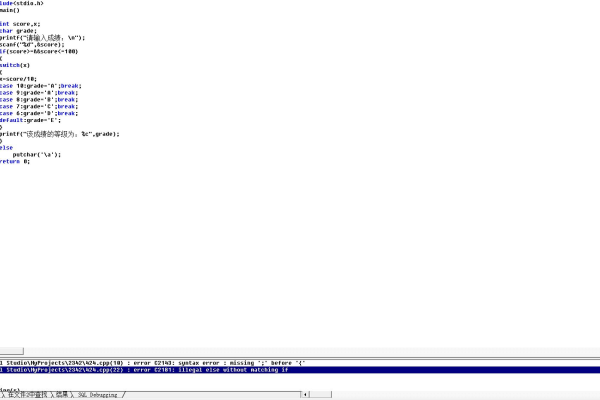
使用数组插入成绩
1. 定义成绩数组
#include <stdio.h> #define MAX_SIZE 100 // 假设最多有100个学生 int scores[MAX_SIZE]; int count = 0; // 记录当前已存储的成绩数量
2. 插入成绩函数
插入成绩时,需要确保数组未满,如果数组已满,则不能插入新的成绩。
void insert_score(int score) {
if (count < MAX_SIZE) {
scores[count] = score;
count++;
} else {
printf("成绩数组已满,无法插入新的成绩。
");
}
}
3. 示例代码
int main() {
// 插入几个成绩作为示例
insert_score(85);
insert_score(90);
insert_score(78);
// 打印所有成绩
for (int i = 0; i < count; i++) {
printf("Score %d: %d
", i+1, scores[i]);
}
return 0;
}
使用链表插入成绩
1. 定义结构体和节点
#include <stdio.h>
#include <stdlib.h>
typedef struct Node {
int score;
struct Node* next;
} Node;
Node* head = NULL; // 链表的头指针
2. 插入成绩函数
void insert_score(int score) {
Node* new_node = (Node*)malloc(sizeof(Node));
new_node>score = score;
new_node>next = head;
head = new_node;
}
3. 示例代码
int main() {
// 插入几个成绩作为示例
insert_score(85);
insert_score(90);
insert_score(78);
// 打印所有成绩
Node* temp = head;
while (temp != NULL) {
printf("Score: %d
", temp>score);
temp = temp>next;
}
// 释放内存
temp = head;
while (temp != NULL) {
Node* temp_next = temp>next;
free(temp);
temp = temp_next;
}
return 0;
}
小结
使用数组插入成绩时,操作简单但数组大小固定,不利于扩展。
使用链表插入成绩时,操作略复杂,但可以动态扩展,不受大小限制。
在实际开发中,选择哪种方法取决于具体的需求和场景,如果要处理的成绩数量不确定或非常大,建议使用链表,如果成绩数量较小且确定,可以使用数组来简化操作,无论使用哪种方式,都需要注意内存管理和错误处理,以确保程序的稳定性和可靠性。
本站发布或转载的文章及图片均来自网络,其原创性以及文中表达的观点和判断不代表本站,有问题联系侵删!
本文链接:http://www.xixizhuji.com/fuzhu/257087.html
